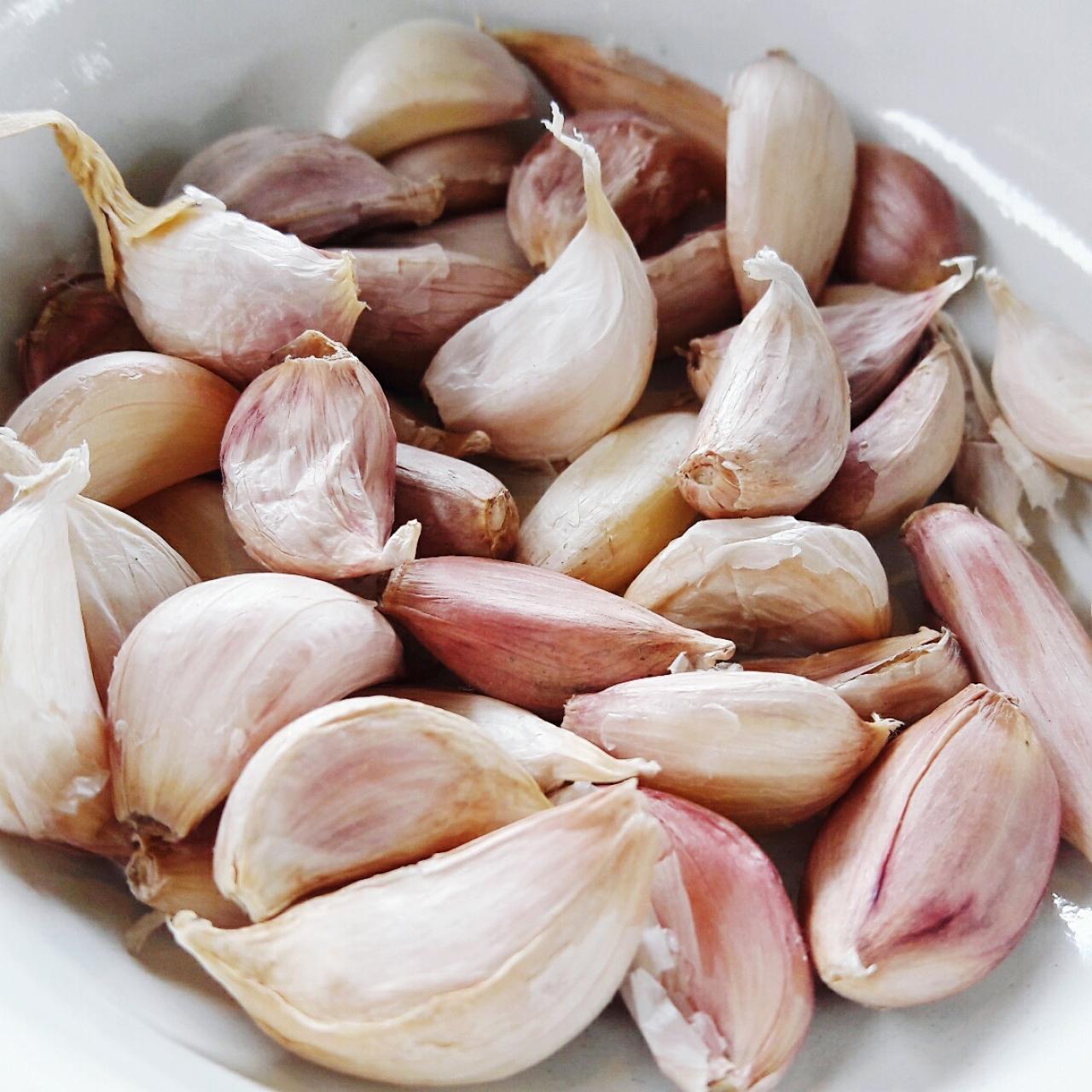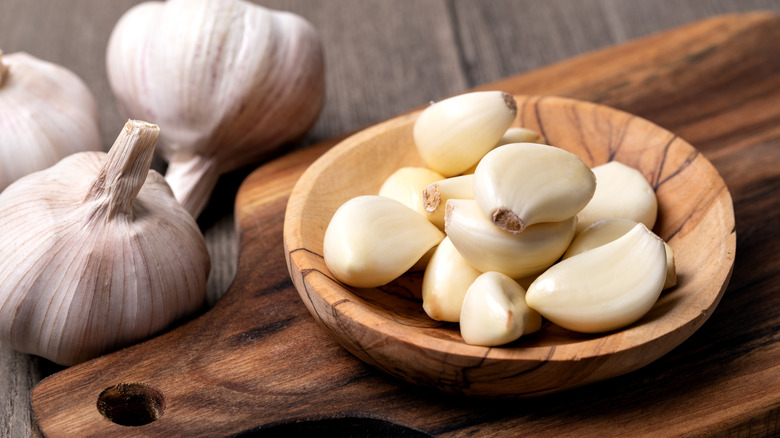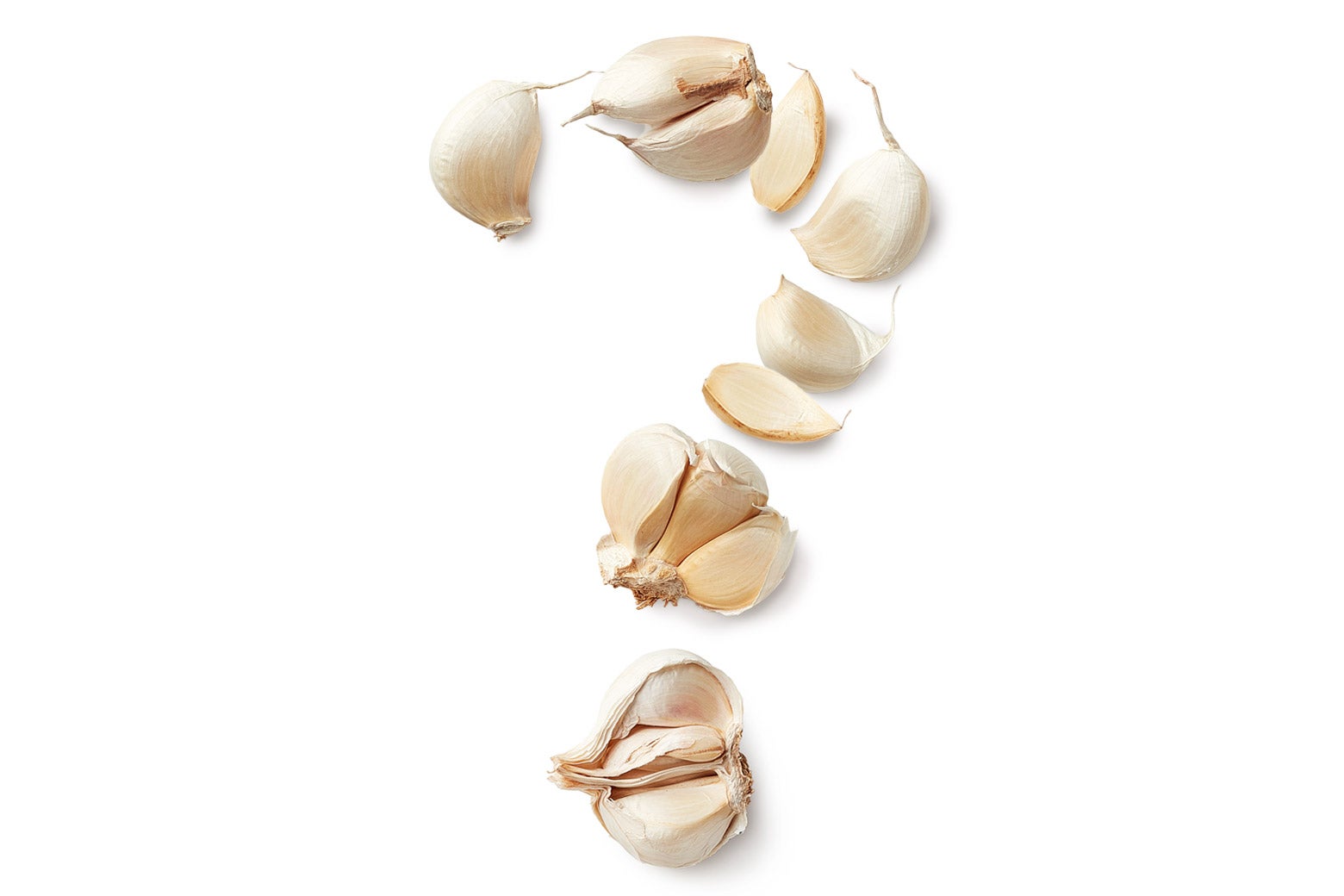Australian Garlic: An Exquisite Ingredient for each Chef's Cupboard
From Yard to Cooking Area: The Ultimate Garlic Expanding and Cooking Overview for Home Cooks
Garlic, with its poignant aroma and robust flavor, is a standard component in cooking areas worldwide. Beyond its cooking prowess, expanding garlic at home can be a fulfilling experience that supplies a plethora of advantages. Whether you are a seasoned gardener or an amateur chef wanting to raise your meals, understanding the subtleties of cultivating and preparing with garlic can significantly enhance your cooking collection. In this guide, we will discover the elaborate trip from growing a single clove in your garden to transforming it right into savory dishes in your kitchen.

Advantages of Growing Your Own Garlic
Why should you consider expanding your own garlic? There are several compelling reasons to occupy garlic growing in your own yard. First of all, expanding your very own garlic ensures a fresh and savory supply of this flexible ingredient right within your reaches. Store-bought garlic commonly lacks the vivid preference of freshly collected light bulbs, which can raise the flavor account of your dishes dramatically. In addition, cultivating garlic allows you to have a steady and natural source of this crucial component, without dangerous pesticides or chemical additives that are in some cases existing in commercially expanded fruit and vegetables.
By growing your very own garlic, you additionally have the chance to check out various selections and tastes that may not be easily available in supermarkets, improving your culinary experiences and allowing for testing in the kitchen area. Generally, the advantages of growing your own garlic extend past convenience and flavor, offering a meeting and improving experience for any kind of home garden enthusiast.
Selecting the Right Garlic Varieties
Choosing appropriate garlic varieties is vital for successful cultivation and savory culinary creations. When picking garlic ranges for your garden, consider both hardneck and softneck kinds. Hardneck garlic varieties, such as Rocambole and Porcelain, are recognized for their complicated tastes and are well-suited for areas with cooler environments. They create scapes, which are edible curly flower stems, providing an added cooking joy. Softneck garlic ranges, like Artichoke and Silverskin, are much better suited for milder environments and have a longer life span compared to hardneck varieties. These varieties are often liked for braiding because of their flexible stems. In addition, consider the dimension of the garlic bulbs you favor, as some ranges produce larger bulbs than others. Whether you take pleasure in the strong, durable flavor of hardneck garlic or the milder preference of softneck garlic, selecting the best garlic varieties will boost your meals and ensure an effective harvest from your garden to your kitchen.
Step-by-Step Guide to Planting Garlic
Growing garlic calls for cautious consideration of timing, dirt problems, and proper methods to make certain an effective crop. To begin, choose a growing site with well-draining soil and full sun exposure. It's crucial to plant garlic cloves in the autumn, typically a few weeks before the ground freezes.
Begin by damaging apart the garlic bulb into individual cloves, ensuring they are firm and healthsome. Plant the cloves root-end down and pointed-end up, concerning 2 inches deep and 4-6 inches apart in rows spaced 12 inches apart for appropriate growth.
Cover the planted cloves with soil and compost to shield them from harsh winter temperature levels. Throughout the winter months, the garlic will certainly develop roots. Come springtime, eco-friendly shoots will emerge, showing effective growth.
Routinely water the garlic, making sure the soil remains consistently wet however not waterlogged. Remove any weeds that may contend with the garlic for nutrients and space. With correct care and attention, your garlic will certainly develop and be ready for harvest in late springtime or very early summer.

Harvesting and Storing Garlic
Upon reaching maturity, harvesting garlic at the best time and proper storage space are important steps to preserve its taste and quality. Garlic is ready for harvest when the lower leaves start to transform yellow and completely dry, commonly around mid-summer to very early fall, depending on the variety.
Store garlic light bulbs in a cool, dark area with great air browse around here circulation to prevent sprouting and mold and mildew development. When saved correctly, garlic can last for numerous months, supplying you with savory cloves for your cooking developments.
Mouthwatering Garlic Recipes
Exploring the cooking adaptability of garlic opens up a globe of delicious possibilities in various meals and cuisines. One timeless recipe that showcases the poignant flavor of garlic is standard Aglio e Olio pasta. This simple yet classy meal attributes garlic carefully sautéed in olive oil, threw with al dente spaghetti, and do with a spray of red pepper flakes and fresh parsley.
For a heartier option, take into consideration preparing view it a garlic-infused roast chicken (Garlic). Packing the dental caries of the bird with whole garlic cloves prior to roasting enables the garlic to penetrate the meat, resulting in juicy, savory chicken that pairs completely with baked vegetables

These mouthwatering garlic recipes are just a peek of the unlimited culinary opportunities that this fragrant light bulb provides to home cooks seeking Related Site to raise their dishes with rich, savory tastes. - Garlic bulb
Verdict
In final thought, growing garlic at home can give many advantages such as freshness, taste, and contentment. By selecting the ideal selections, following appropriate planting strategies, and harvesting and keeping garlic correctly, home chefs can delight in an abundant supply of this versatile component.